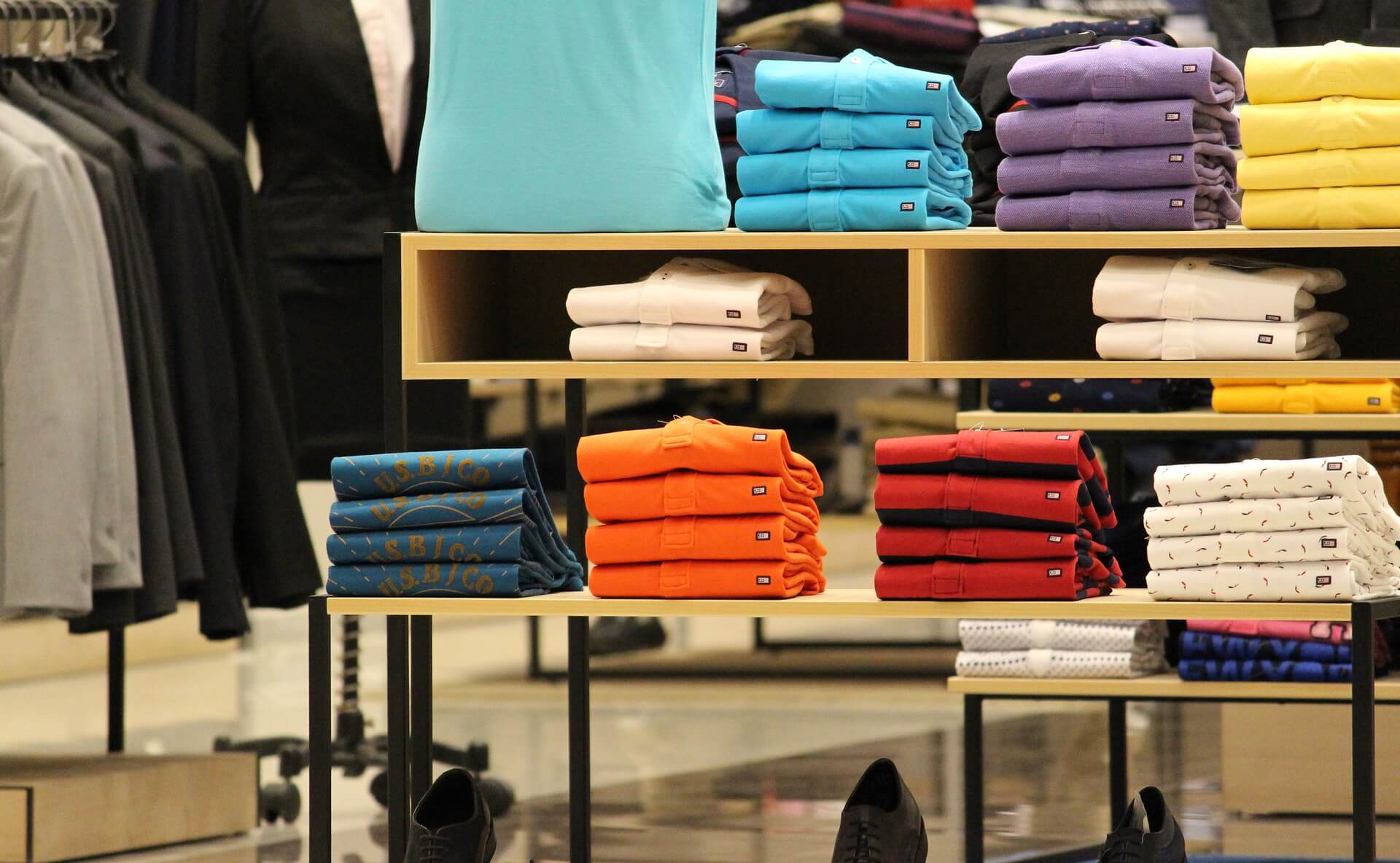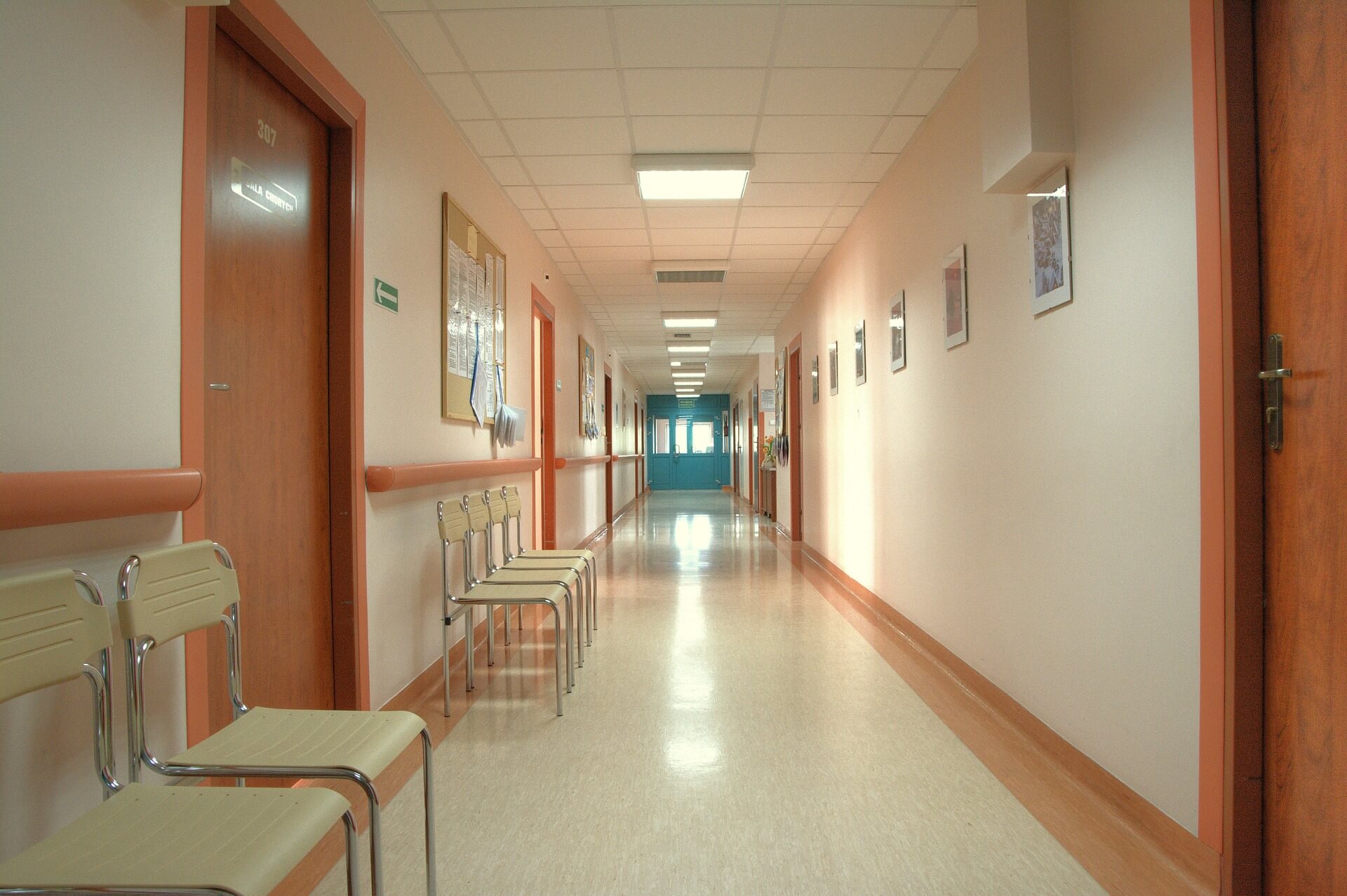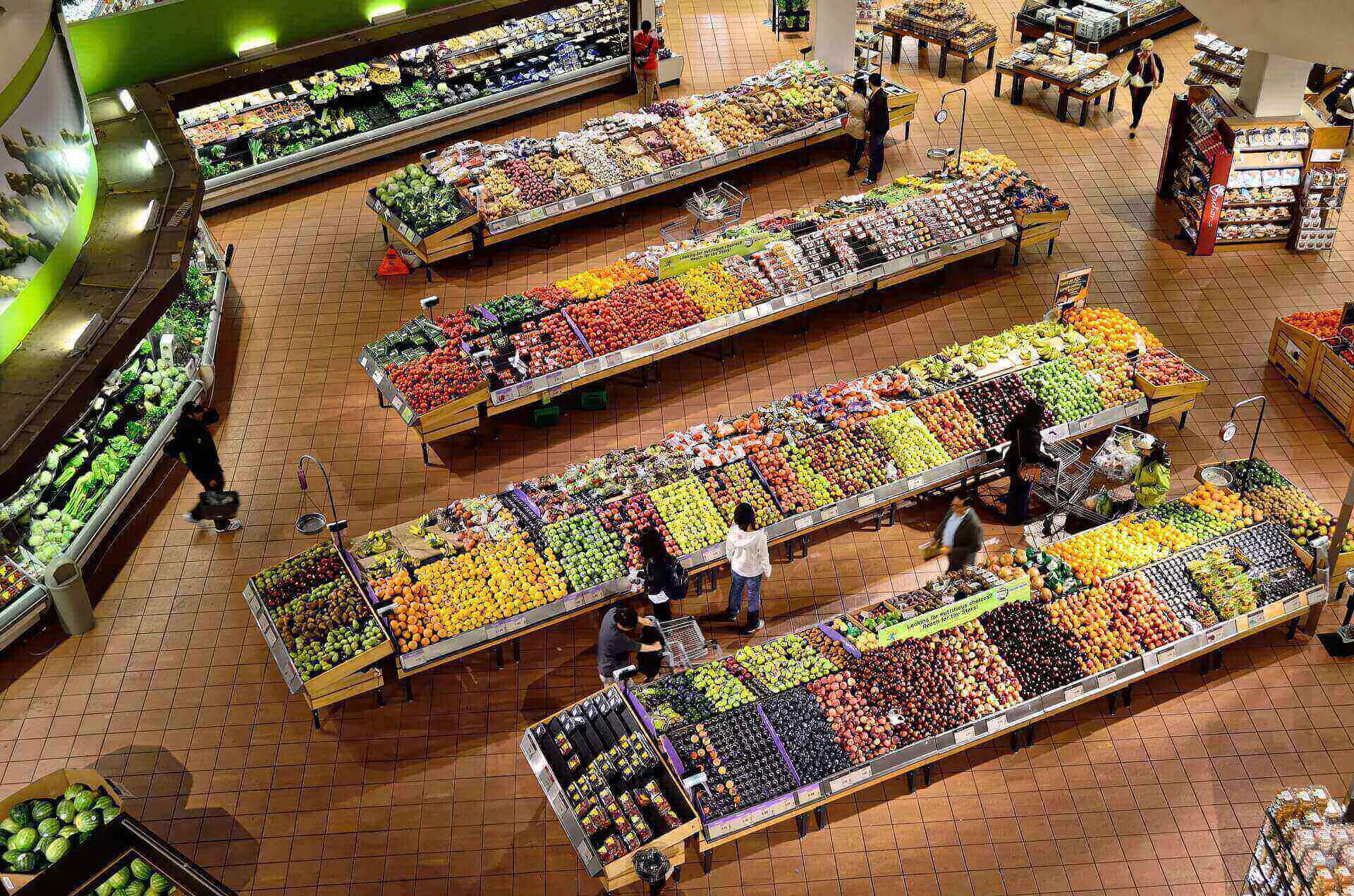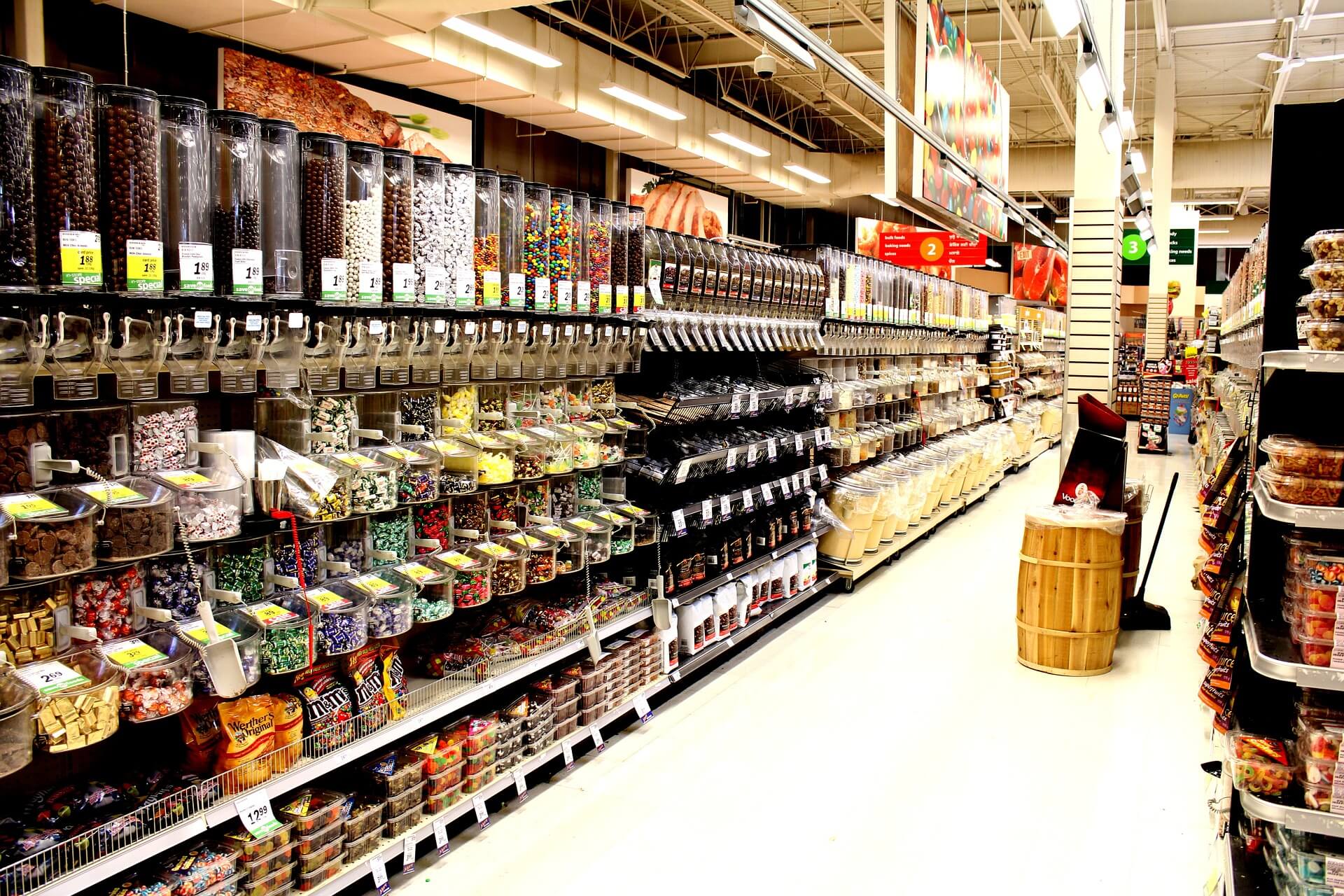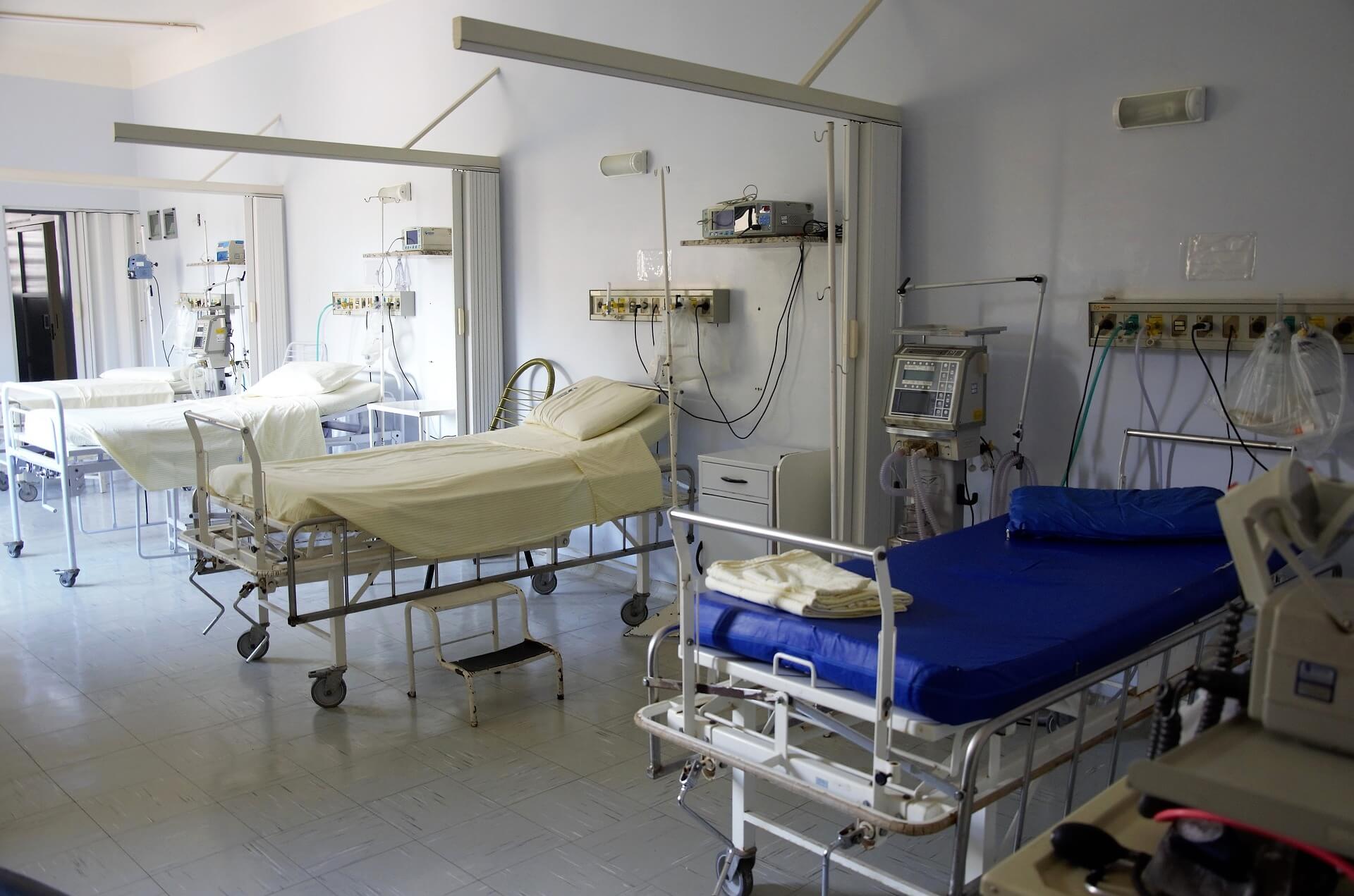If you own or manage shopping centers or retail spacers that encompass a wide range of commercial niches, it’s important to make lighting renovations that allow for a great deal of versatility and customization.
Continue readingIs Your Hospital Lighting Helping or Hurting Your Employees and Patients?
Whether it’s how specific light tools can be incorporated into a patient’s care regimen or how the main lighting impacts our stress levels, being able to control lighting is becoming more important.
Continue readingHow to Make Point of Purchase Displays Pop
Physical stores are in an increasingly high stakes competition with online vendors. If your marketing focus is on creating good experiences online stores can’t rival, focus on making memorable displays.
Continue readingWhere Do Grocery Stores Need LEDs the Most?
Grocery store lighting and displays are already specified down to the minute details, but LEDs can help improve the system. Here we’ll show you how.
Continue readingIs Your Hospital Lighting Helping or Hurting Your Employees and Patients?
Whether it’s how specific light tools can be incorporated into a patient’s care regimen or how the main lighting impacts our stress levels, being able to control lighting is becoming more important.
Continue readingWhy LED Lighting Is the Best Lighting Choice for Grocery Stores
Every small choice made about a grocery’s layout, style, and infrastructure can have large impacts on its bottom line. If you’re currently renovating your store’s lighting system or you’re planning systemic changes for a chain of grocery stores, LED lights might already be on your list to research further. Here are three key reasons why you should incorporate LED lights into your displays, especially as general lighting:
- LEDs don’t cause the same damage other lightbulbs do. Lightbulbs radiate heat, and that can be bad for business if those bulbs are too close to either a produce section or refrigerated goods. Raising the lighting tracks makes the heat less intense, but it also diffuses the lighting too much. Some bulbs also have UV or infrared light, and light at these frequencies can shorten the sellable lifespan of produce, as well as make displays and dyed goods fade.
- LEDs last a long time and stay consistently bright until the end of their lifespan. Traditional lights can dim over time, and that can put your storerooms and back stock areas out of OSHA compliance if regulations apply to your premises. But LEDs last up to 50,000 hours and provide consistently similar warmth, intensity, and color saturation until they need to be replaced. This means your store won’t have to spend on frequent replacements or pre-inspection lighting tests.
LEDs are the preferred light source for several different types of structures for several different reasons. Because grocery stores need to light a variety of conditions, from produce to frozen goods to points of sale, they need a solid basis for general lighting.
What Should Be the Characteristics of Your Big Box Store’s General Lighting?
General lighting provides the backdrop for other layers of lighting. Here are some of the recommendations for good general lighting for all large retail stores.
Continue readingIs Your Grocery Store Using Four Layers of Lighting?
Grocery stores are split into sections. Not only can your customers delineate the borders of a grocery’s produce section, bakery, dairy section, and more due to the posted signs, but they can sense a difference in how the sections feel.
Continue readingDoes Your Grocery Store’s Lighting Emphasize the Produce’s Color?
Grocery stores are segmented into different sections: the middle aisles of manufactured goods, the back sections of dairy, meat, and drinks, and then produce, bakery, and floral areas on opposite sides of the store. Usually, these sections are marked by signs and even different tiles to help guide shoppers. But those sections are also separated by different lighting styles, and that lighting plays a pivotal role in guiding shoppers, highlighting goods, and encouraging purchases. Here are two of the main factors for finding the right quality of light:
Choose your lights according to Correlated Color Temperature and Color Rendering Index.
The Correlated Color Temperature is based on the color of the light a lamp emits, and, when you’re using white light, enhances different colors and hues depending on its tone. The emittance is cool, which makes your store feel bigger, neutral, which promotes a feeling of well-being and makes customers more comfortable, or warm, which makes the setting feel smaller and more homey. Different lighting works well in different areas, even side by side, to create different feelings and highlight different products.
The Color Rendering Index measures how a light source renders the colors of lighted products. Some lights wash products out and make the colors fade, while others can create a high contrast for a focus on the products’ color. Color Rendering Index (CRI) is measured on a 0-100 scale, and using lights with a CRI between eighty and one hundred is best for a grocery because it makes colors look vivid and natural.
Different areas of a grocery store require different blends of lighting, and these two measures are critical for every display. Lighting the produce section with lights that have a poor CRI make the produce look less well-grown or healthy, regardless of the actual quality of the fruits and vegetables. If you want to emphasize a new organic display, placing lights with an even higher CRI than in the surrounding displays can make organic produce look even healthier and more nutritious.
Improve Hospital Lighting by Exploiting the Different Shades of LEDs
Our bodies have a circadian rhythm that is controlled by the color of sunlight. The color of sunlight during midday is white with some blue. This triggers alertness and elevates mood. During the evening hours, sunlight becomes yellow/orange, which triggers melatonin and causes drowsiness.
Continue reading
